One of the most astonishing facts about Vincent van Gogh is that his entire artistic career spanned roughly ten years. He didn't begin painting seriously until he was 27 years old, in 1880, and died at 37 in 1890.
In that brief window, he created approximately 2,100 artworks, including around 860 oil paintings. This means he produced an average of one new work every 36 hours during his active period. Most of his now-famous pieces were created in the final two years of his life, during an explosion of creativity that has rarely been matched in art history.
Theo's unwavering support
While many know that Vincent's brother Theo supported him financially, few realize the depth of this relationship. Theo, an art dealer, sent Vincent money nearly every month for a decade, despite Vincent selling almost nothing during his lifetime.

The brothers exchanged over 600 letters, which provide an intimate window into Vincent's thoughts, struggles, and artistic philosophy. When Vincent died in July 1890, Theo was so devastated that his own health collapsed.
He died just six months later at age 33, and the brothers are now buried side by side in Auvers-sur-Oise, France.
Many careers before painting
Before dedicating himself to art, van Gogh pursued several other careers with passionate intensity. He worked as an art dealer at Goupil & Cie for several years, studied theology, and served as a missionary in a Belgian mining community.
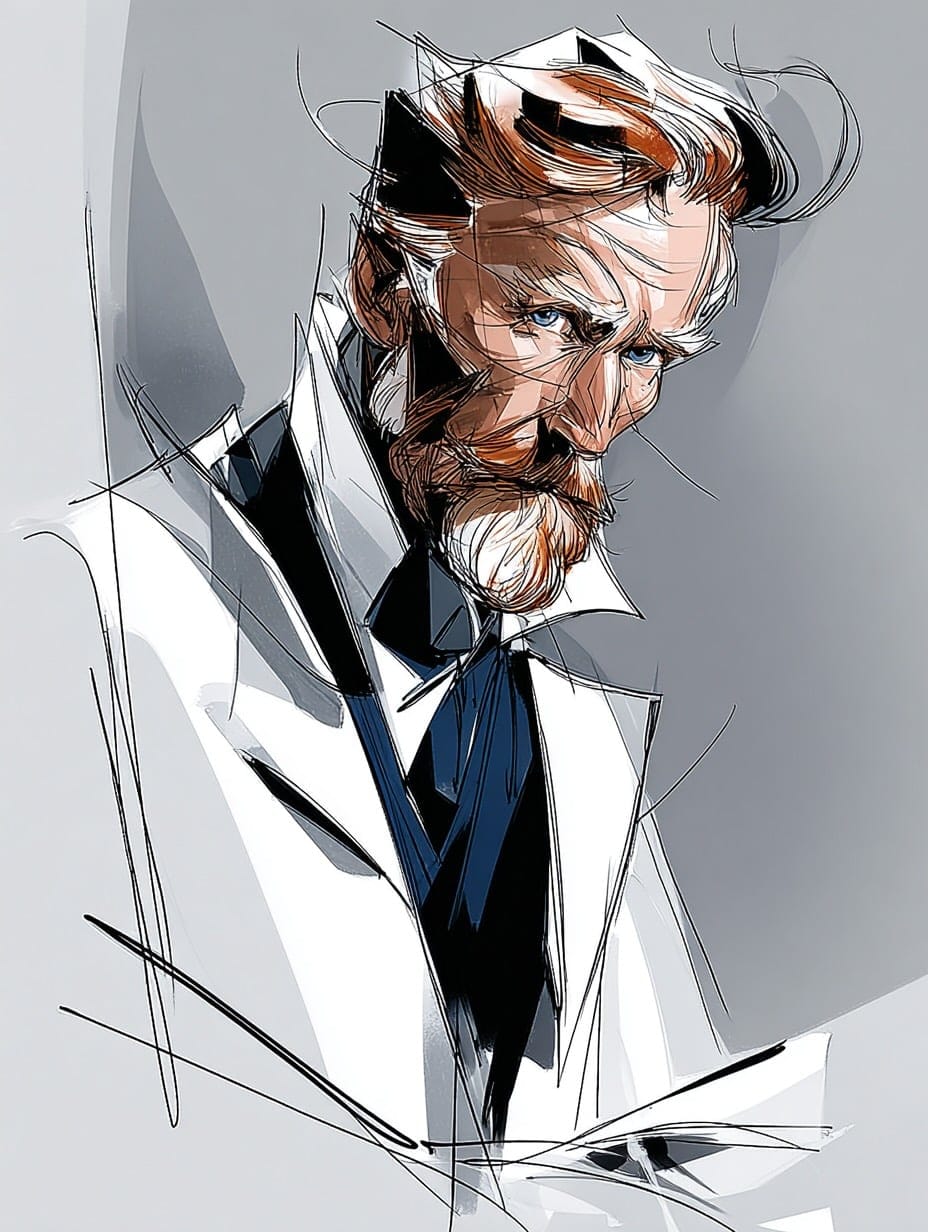
His work with impoverished miners deeply affected him and influenced his later artistic focus on ordinary working people. He was also multilingual, fluent in Dutch, French, and English, and could read German.
This diverse background informed his art in unexpected ways, giving him a unique perspective on humanity and suffering.
The ear myth explained
The famous story of van Gogh cutting off his entire ear is largely a myth. Historical evidence suggests he only severed a portion of his left earlobe during a mental health crisis in December 1888, following an argument with fellow artist Paul Gauguin.
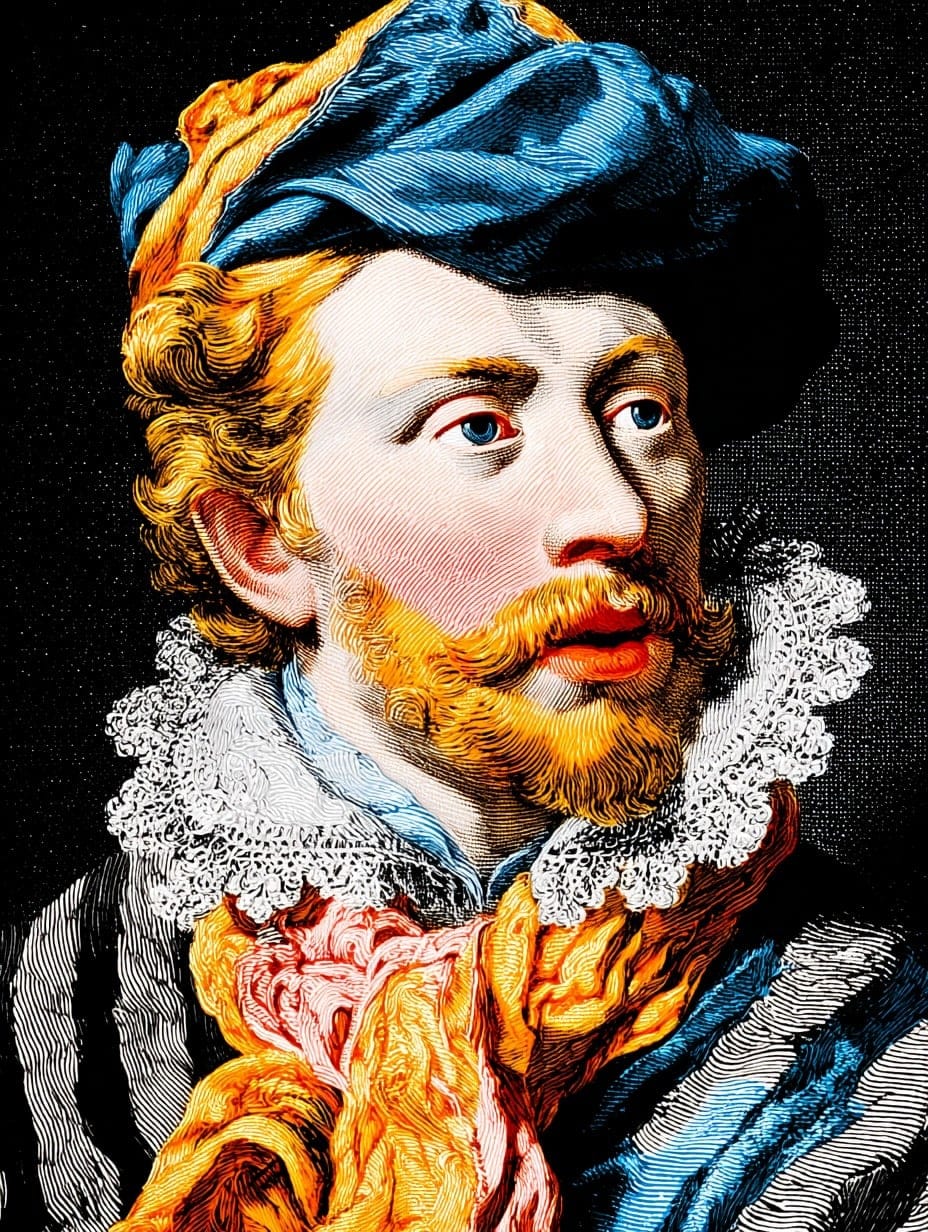
Some historians even theorize that Gauguin, who was skilled in fencing, might have accidentally injured van Gogh during their confrontation, and Vincent covered for him.
What's certain is that van Gogh wrapped the severed piece in newspaper and gave it to a woman at a local brothel, asking her to "keep this object carefully."
Connected to art circles
The image of van Gogh as a completely isolated, misunderstood artist isn't entirely accurate. He studied at the Royal Academy of Fine Arts in Antwerp, befriended several prominent artists of his time, and was aware of cutting-edge artistic movements.
He lived and worked alongside Paul Gauguin, exchanged ideas with Émile Bernard, and was influenced by Japanese prints that were popular among avant-garde artists. His brother's position as an art dealer also gave him access to contemporary art and important artistic circles in Paris.
Just one painting sold
Perhaps the most tragic aspect of van Gogh's story is that he achieved almost no commercial success while alive. The only documented sale was "The Red Vineyard," purchased by Anna Boch, a Belgian painter and collector, for 400 francs (approximately $1,000-$2,000 today).
Today, his paintings are among the most valuable in the world. His "Portrait of Dr. Gachet" sold for $82.5 million in 1990, and experts estimate his most famous works could fetch over $200 million at auction.
Toxic colors and risks
Van Gogh's vibrant yellows, particularly in paintings like "Sunflowers," came from pigments containing toxic compounds. He likely suffered from lead poisoning from the paints he used, which may have contributed to his mental health problems.
He was also drawn to absinthe, a popular but dangerous drink among artists of the time, which contained thujone, a potentially toxic compound.
His bold use of complementary colors—placing blues against oranges and yellows against purples—was ahead of its time and influenced generations of artists who followed.
Van Gogh's life was marked by struggle, passion, and an unwavering commitment to his vision. These surprising details remind us that behind the mythologized genius was a complex, deeply human individual whose legacy continues to captivate us more than a century after his death.
Subscribe to my newsletter to get the latest updates and news


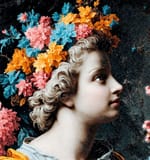


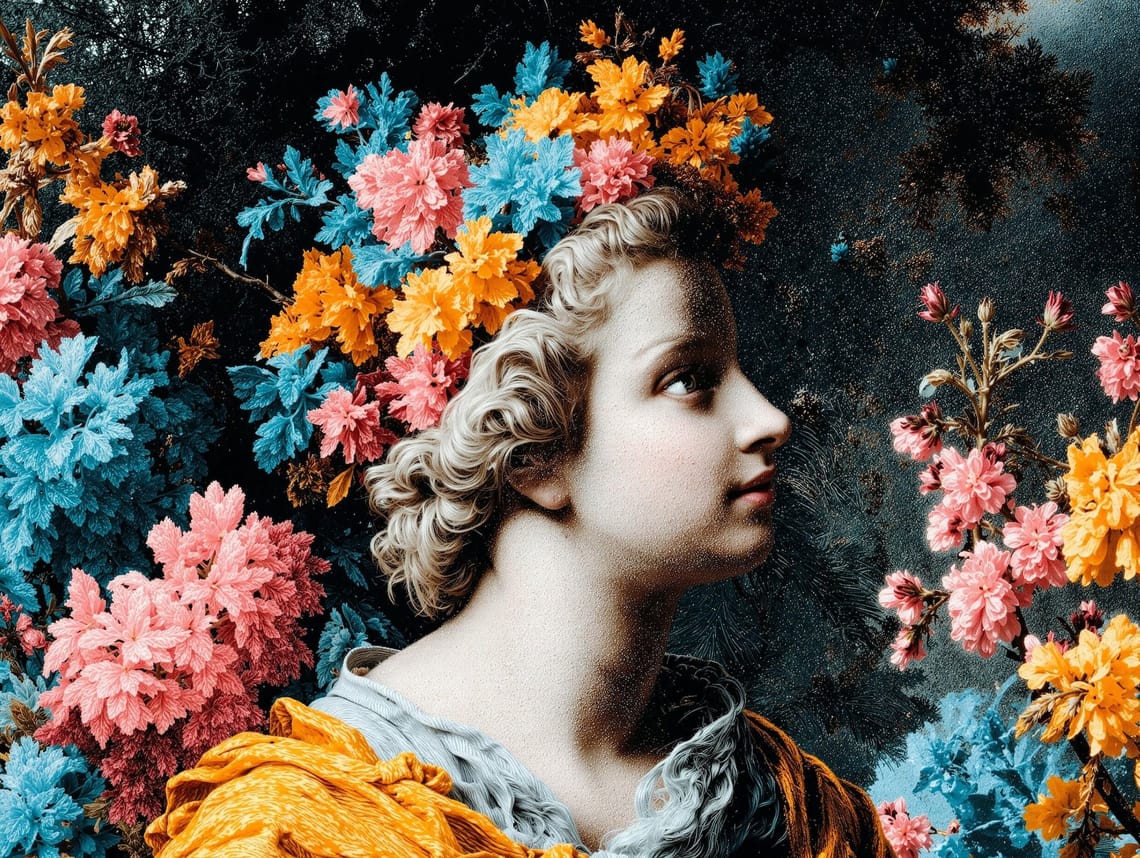

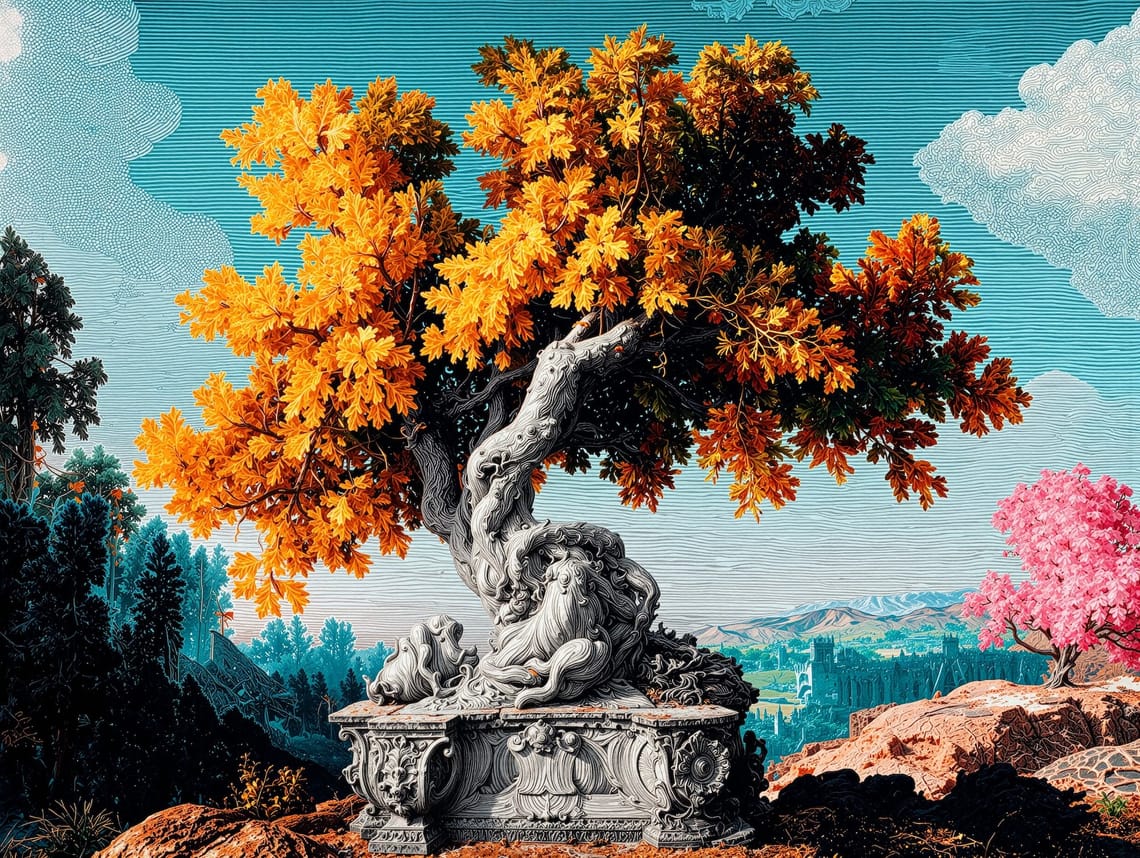

Member discussion